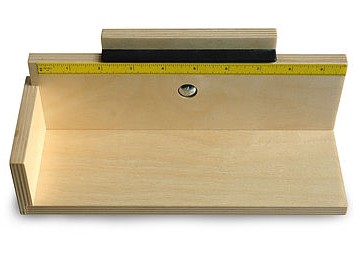

The size 2.5" × 1" has been selected, probably as stickers. Let's imagine we want to print new price tags for products. We will abandon the wizard(s) here, and proceed as a typographer would. The new 2.5" × 1" labels should be treated just like a new paper size, but that would require the concept of virtual pages on a physical page. If you go through with it anyway, you will notice that the wizard attempts to use the detail sectionĪs label, just like Word attempts to use table cells. What are you supposed to do? unstick the labels and move them? Would you like to increase the appropriate margins?" If you don't comply, the labels won't print properly, but if you do, the wizard doesn't increase the margins. The real problem occurs when the button is pressed: "One or more margins are set outside the printable area of the page. That seems wrong: can't it be calculated? It could if the page size was known, but apparently it isn't. But there are three more numbers: two internal margins (why two?) and the right-side offset between the border of the page and the last label. Measuring the space between labels is equivalent with measuring the pitch (in Word's wizard). The number of rows is missing it will be determined by the page size. The "New Report: Label Wizard" in Access 2003 presents things a bit differently, but needs essentially the same metrics. We will come to what margins are shortly. Eight numbers are needed, and only the choice of the word "margin" instead of "offset" is at all disputable. The figure scales automatically as I enter the measurements - very cool! - and thus provides an accurate description of my labels. Let's peek into Word 2003, to get a feeling of how labels are viewed in Office applications. Like for my classes, I didn't buy any actual labels, but invented my own.
#THE LABEL WIZARD HOW TO#
I am not going to explain how to use the wizards, but they provide a good introduction, especially in the way they fail. Although the screen shots are from version 2003, exactly the same method works in all versions. This article demonstrates a simple and efficient way to handle labels in Access, perhaps pleasant enough for them to become fun again. The wizard, obviously, isn't a typographer. The second problem, how to print several compositions on one large "label sheet" is a distinct task, but in reality an easy one. A typographer will automatically treat a label as nothing more than a special paper size, and compose content for that size. Virtual pages, but tries to solve everything using the The "wizard", just like Word, doesn't use There are explanations for all of them, just as tedious as the symptoms, but their fundamental cause is simple. There is obviously some magic involved: sometimes it works and other times you are informed that "some data may not be displayed" or that "the section width is greater than the page width", you get the wrong paper size, or experience some other mishaps. If you have used the "label wizard", you probably think the latter. It was no longer possible to cover labels, envelopes, columns, and basic mail-merge in one day labels alone required one day. Something be be feared and somewhat magical, like many other features of that program. Once I (reluctantly) switched to Word, the fun was gone. Before the morning break, every student had printed a first sheet of "fake" labels, in reality photocopies of an original with hand-drawn rectangles. Print preview feature - and it was fun because it was easy, and it worked. The program was WordPerfect - some antique DOS version without even a The first time I had to teach "labels", it was fun. Printing labels is one of those things that can be surprisingly fun or extremely tedious, depending on the program being used.


 0 kommentar(er)
0 kommentar(er)
